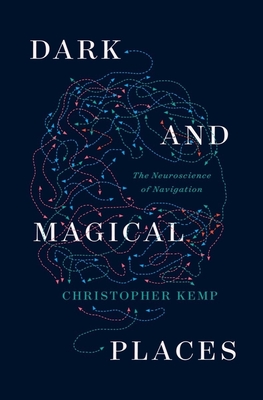
Alexander Disease: A Guide for Patients and Families (Colloquium Neuroglia in Biology and Medicine: From Physiology to Disease)
Description
This book offers a comprehensive overview of Alexander disease, a rare and devastating neurological disorder that often affects the white matter of the brain and spinal cord.
Its distinctive neuropathology consists of abundant Rosenthal fibers within astrocytes (one of the four major cell types of the central nervous system). Nearly all cases are caused by variants in the gene encoding the intermediate filament protein GFAP, but how these changes in GFAP lead to the widespread manifestations of disease is poorly understood.
Astrocytes, while discovered over a century ago, are themselves still much of a mystery. They exhibit considerable diversity, defy precise definition, and yet actively regulate many aspects of nervous system functioning.
We also have incomplete understanding of Rosenthal fibers, odd structures that contain GFAP as just one of many components. Whether they are toxic or protective is unknown. Moreover, Rosenthal fibers are not absolutely unique to Alexander disease, and are seen sporadically in a wide variety of other conditions, including brain tumors and multiple sclerosis.
GFAP is the third unknown. It is an ancient protein, arising early in the evolution of vertebrates, but its role in normal biology is still a matter of debate. Yet Alexander disease shows, without a doubt, that changing just a single of its 432 amino acids can lead to catastrophe, not just in the astrocytes where GFAP is produced but also in the other cells with which astrocytes interact.
Despite all of the unknowns, much has been learned in the past 20 years, and it is time to share this knowledge. This book is intended for recently diagnosed patients and families, as well as non-specialist researchers interested in this neurological disease. It covers historical origins, the state of current knowledge, and prospects for what lies ahead, with citations to the primary literature given throughout.















